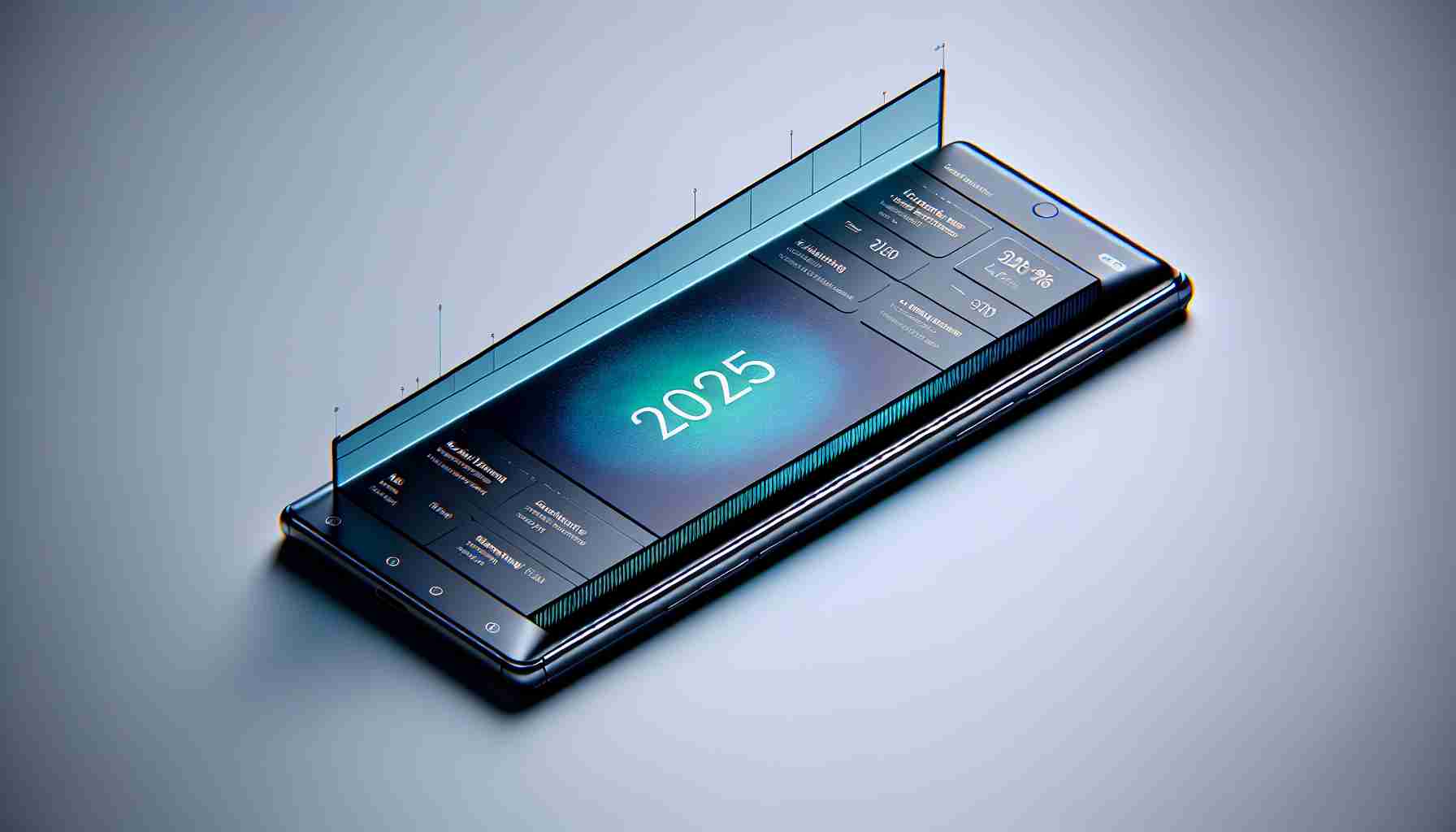An even slimmer version of Apple’s iPhone is currently under development, anticipated to hit the market by 2025. The envisioned model is expected to bear a cost higher than the current iPhone Pro Max. Its release, projected for September 2025, is likely to coincide with the debut of the iPhone 17 series.
The tech giant based in Cupertino, California is exploring various designs for the device, codenamed D23, which may feature Apple’s latest A19 chip. The move underscores Apple’s need to innovate its flagship product, the iPhone, as it contends with stiff competition from Honor and Huawei in China and Samsung Electronics globally. Market statistics from the International Data Corporation indicate that in the first quarter of 2024, Samsung led the smartphone market with a 20.8% share, closely followed by Apple at 17.3%.
Apple’s iPhone sales dipped in the second fiscal quarter, with a 10.5% decline to $45.96 billion. There are also reports suggesting Apple has plans to phase out the lower-priced iPhone Plus model and introduce a cost-effective iPhone in the spring of 2025, which would serve as the successor to the iPhone SE.
These developments come just days after Apple unveiled its latest iPad Pro, which includes a new chip for artificial intelligence computations. This introduction signifies Apple’s rush to maintain a competitive edge in the race for technological dominance against other major players in the tech industry.
Key Questions & Answers:
1. Why is Apple focusing on developing an ultra-thin iPhone?
Apple aims to stay innovative and offer new products to keep consumers interested, especially as the smartphone market matures and differentiation becomes more challenging. Ultra-thin designs may appeal to a segment of consumers who prioritize sleekness and portability in their devices.
2. What challenges could Apple face in creating an ultra-thin iPhone?
Reducing the thickness of a phone can lead to several engineering challenges, such as maintaining structural integrity, ensuring battery life, and managing heat dissipation. There’s also the challenge of integrating advanced technology into a smaller space without compromising performance.
3. Are there controversies associated with the ultra-thin iPhone design?
Some controversies that might arise include potential decreases in battery life, durability concerns, and the possibility of eliminating ports such as the Lightning connector, which would force users to rely on wireless charging and accessories.
4. What advantages could an ultra-thin iPhone provide?
An ultra-thin iPhone could be more lightweight and portable, fitting more comfortably in pockets and bags. It could also offer a more attractive design—a high priority for many consumers. Additionally, it underlines Apple’s commitment to pushing the boundaries of its technology.
5. What disadvantages might arise from an ultra-thin iPhone design?
The main disadvantage could be reduced battery capacity due to less space for a larger battery unless Apple finds a way to increase battery energy density significantly. Other potential disadvantages might include reduced durability and the possible removal of certain features to accommodate the slimmer profile.
Related links to main domain:
– For more information about Apple and its current product lineup, visit Apple.
– To explore market statistics and competitive analysis similar to those mentioned, you can go to the International Data Corporation’s website at IDC.
In summary, while the ultra-thin iPhone scheduled for launch in 2025 could be a testament to Apple’s innovative capabilities, it will bring along challenges in design, engineering, and potentially divide consumer preferences. The need for balance between form and function will be crucial, as Apple continues to navigate a competitive market and strives to meet diverse consumer demands.
The source of the article is from the blog lisboatv.pt
